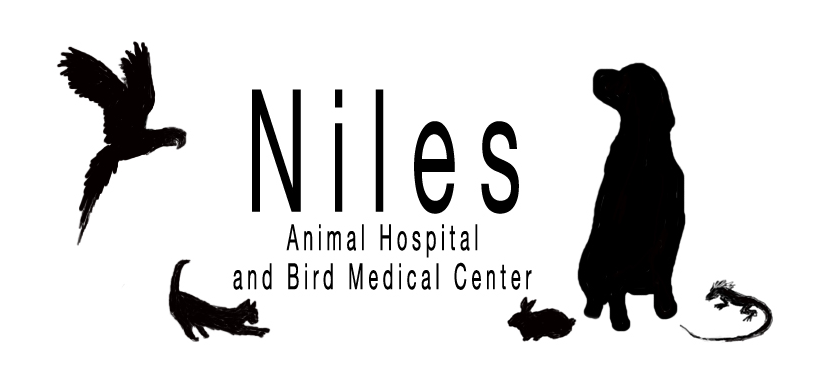Educational Articles
-
Microchips contain a unique identification number, and they are inserted with a needle under the skin between a pet's shoulder blades. The number is registered to your name, so if your cat gets lost, the number connects your cat to you. Microchips provide reliable, permanent identification for your pet.
-
Microchips contain a unique identification number, and they are inserted with a needle under the skin between a pet's shoulder blades. The number is registered to your name, so if your dog gets lost, the number connects your dog to you. Microchips provide reliable, permanent identification for your pet.
-
Mites affecting pet hedgehogs, often called quill mites, are fairly common. Initially, an affected hedgehog may become itchy but if mites are left untreated, the clinical signs can become severe.
-
Feathers insulate to maintain a bird's body temperature and protect birds from the elements and play an important role in aerodynamics and flying. Feathers need to be removed or fall out to stimulate new feather growth. A bird needs to molt each year to get rid of old or damaged feathers. A pet bird's exposure to varied daily light cycles may lead to an irregular or incomplete molt that may be longer or shorter than a normal molt.
-
Motion sickness in cats is a common problem. Many cats become anxious or nauseous during travel due to a lack of conditioning and the overwhelming unusual stimuli associated with moving inside a vehicle. Signs your cat may be experiencing motion sickness may include whining, meowing, or howling; drooling and excessive licking of the lips; pacing; vomiting or diarrhea; and lethargy or inactivity. Conditioning your cat to car travel can help ease some anxiety. However, if your cat seems to need more help to stay calm during travel, speak to your veterinarian about using anti-nausea medication, anti-anxiety medications, as well as natural calming agents such as pheromones.
-
Motion sickness in dogs is a common problem. It is more common in younger dogs than in adults. Many adult dogs become anxious or nauseous during travel due to a lack of conditioning and the overwhelming, unusual stimuli associated with moving inside a vehicle. Signs your dog may be experiencing motion sickness may include whining, drooling and smacking lips, pacing, vomiting or diarrhea, and lethargy or inactivity. The best way to ease your dog’s travel anxiety is by taking several short trips before embarking on a long haul. If your dog seems to need more help to stay calm during travel, speak to your veterinarian about anti-nausea medication, anti-anxiety medications, as well as natural calming agents such as pheromones.
-
Most cats settle into a new home fairly easily. They crave familiarity, so it is best to bring along many familiar objects, such as litter boxes and favored furniture. Cats must be initially secured to prevent their escape, as they may attempt to return to a prior home and could be lost or injured along the way. It is best to introduce your cat to your new home gradually and with supervision.
-
Most dogs seem to take moving in stride, if they are with are with their familiar social group. Try to anticipate changes in the dog’s routine and introduce the changes prior to the move. Familiarize your dog with any novel noises that might be associated with the new home. If there will be new pets or people in the new home, arrange introductions ahead of time in a neutral location. When you arrive at your new home, give your dog plenty of time to adjust before trying to leave him alone.
-
Many herding breeds (most commonly Collies and Australian Shepherds) have a mutation at the MDR1 gene that makes them more sensitive to the negative effects of certain medications. These drugs include several antiparasitic agents (when given at high doses), the antidiarrheal agent loperamide (Imodium®), and several anticancer drugs. The effects of the mutation vary in severity, depending on whether the dog carries one or two copies of the mutation. There is a cheek swab or a commercially-available test that assesses blood samples for the presence of the MDR1 mutation.
-
Mynah birds are best known for their ability to talk and mimic sounds. They are lively, social birds and have wonderfully outgoing personalities. A young, hand-raised mynah will be easier to tame and train compared to a wild, colony, or parent-raised bird. As with all pets, mynah birds require regular, routine veterinary checkups.

